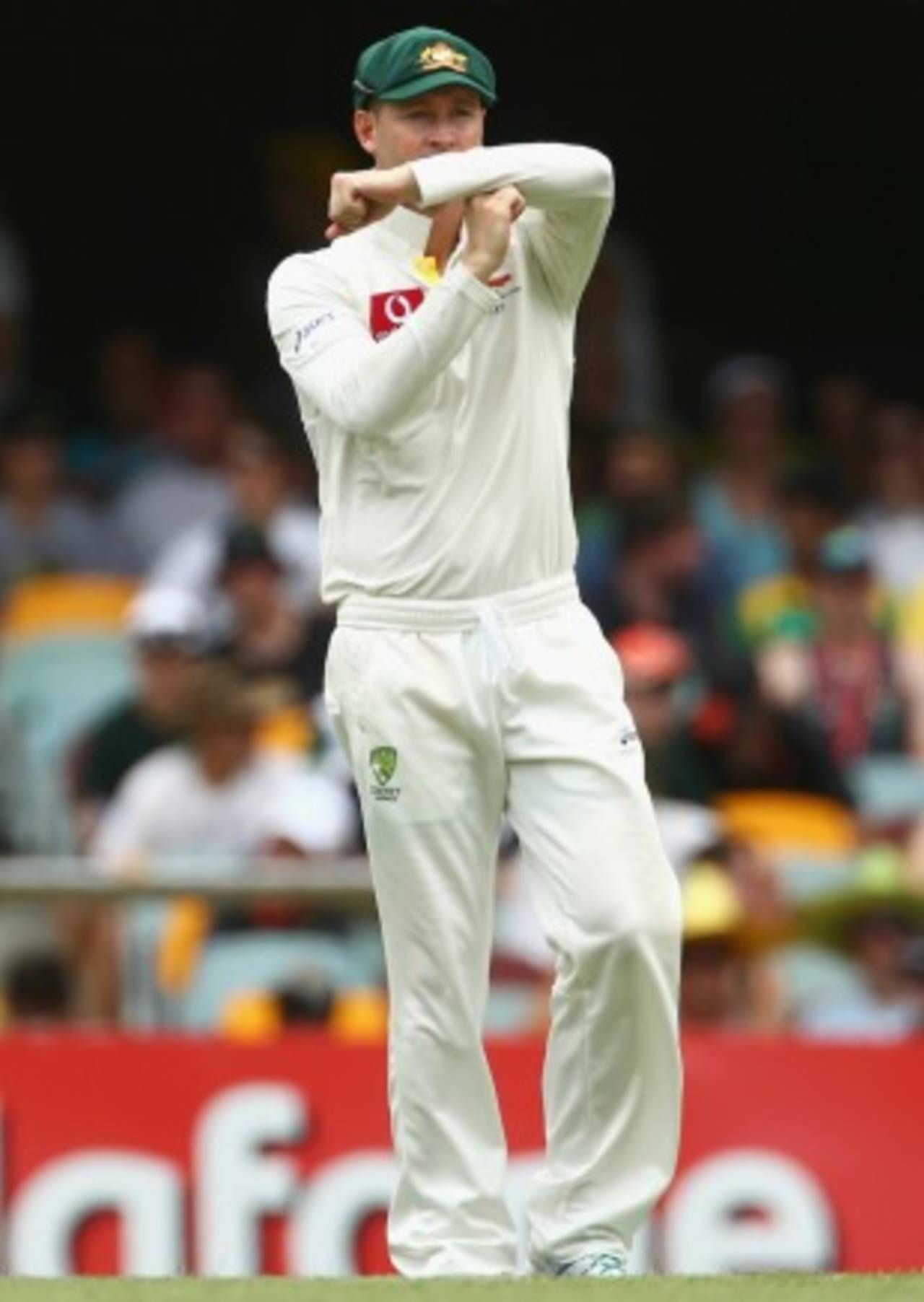A further enhanced version of the DRS, with the potential to increase certainty over edges, could be available later this year if new technology to allow the use of the Snickometer tool to be included in the process gains approval.
Controversy continues to exist over the ability of the Hot Spot cameras detecting faint edges, but this could be eliminated almost completely with the inventors of the system now on the verge of introducing Real Time Snickometer in an attempt to add extra clarity to the decision-making process.
The Australian company BBG Sports, who were behind Hot Spot, has been conducting trials on the new audio technology and believes the new improved Snickometer is the ideal complement to the Hot Spot and, when used in tandem, can enhance the DRS thereby making the review system more reliable, faster and consistent.
Currently, Snickometer is only a viewing aid and not part of the DRS because it requires a physical process by a technician to overlay the pictures with the sound provided by the stump microphones. This leads to delays in producing the final product and also risks inconsistencies in the results. The new system would make the process fully automated.
Warren Brennan, the head of BBG Sports, said: "I am hopeful that it would improve fine-edge detection dramatically. On most occasions, you are going to have the Real Time Snicko and Hot Spot agreeing with another. So the third umpire will now have two points of reference. There can be more consistency that way."
The inability of Hot Spot to detect a fine edge especially when the fast bowlers are operating, and the issue known as the 'motion blur' created by the speed of the ball, has been a constant source of debate and some countries, notably India, are wary of the vulnerability of the DRS. There were recent examples in the Johannesburg Test when Pakistan were unhappy about the decision-making based on Hot Spot.
An enhanced system would go down well with boards already in favour of the DRS but it remains to be seen whether it would sway the minds of the BCCI who refuse to use the system. The BCCI have broader reservations about the technology, particularly the predictive element of Hawk Eye, rather than just Hot Spot.
During 2011 BBG Sports introduced new infrared cameras from British manufacturer Selex ES and found them to be the most sensitive infrared cameras they had used. The new cameras, which Brennan pointed out, "have taken the Hot Spot system from an accuracy of around 85% to a current accuracy of 95%", came with the promise that they would completely eradicate motion blur and make it possible to detect very faint Hot Spots. However, by Brennan's own admission "not even the best infrared cameras on the planet could avoid the occasional missed fine edge."
In late 2011, Brennan discussed the idea of improving the Snickometer product with old colleague Allan Plaskett. The Snickometer was Plaskett's brainchild back in 1999 and the product has been used by broadcasters in the UK, Australia, New Zealand and India over the past decade.
"The first task at hand was to ensure that the Snickometer would be ready for the DRS process within 5-10 seconds of an appeal," Brennan said. "The only way to achieve this was to have our own server hardware recording a minimum of 12 different camera channels plus two stump mics all in real time." Thus the Real Time Snicko was born and has been tested in the last twelve months in trials across Australia and the UK.
The second main task was to come up with a robust procedure whereby audio and video synchronisation could be guaranteed without the need for manual intervention. "Allan and I both envisage a daily pre-match calibration process that will be supervised by the third umpire as the most accurate way in which to set a synchronisation offset between video and audio," Brennan said.
"The major strength of Hot Spot is fine-edge detection for spin bowlers," he added. "A spinning ball with its rotating action will grip-and-rub more profusely against a cricket bat creating more friction. This in turn creates more heat which is much easier for the Hot Spot cameras to identify.
"The strength of the Real Time Snicko is for faster bowlers where the wicketkeeper is standing 20-plus metres behind the stumps. From this position the noise of the wicketkeeper moving his feet creates little problem unlike when the wicketkeeper is standing up-to-the-stumps for a spin bowler."
For the Real Time Snicko to be included into the DRS process ICC ratification would be necessary. "The plan for 2013 is for Allan and myself to meet with the ICC in March and discuss the possible homologation of the Real Time Snicko into the DRS process. If so, then the Hot Spot and Real Time Snicko could work in tandem for faint-edge-detection during the Ashes series starting in July 2013," Brennan said.
Nagraj Gollapudi is an assistant editor at ESPNcricinfo
